What is a lobster cycling glove, and why might they help you this winter?
A lobster-style glove could help keep your hands warmer on the bike this winter
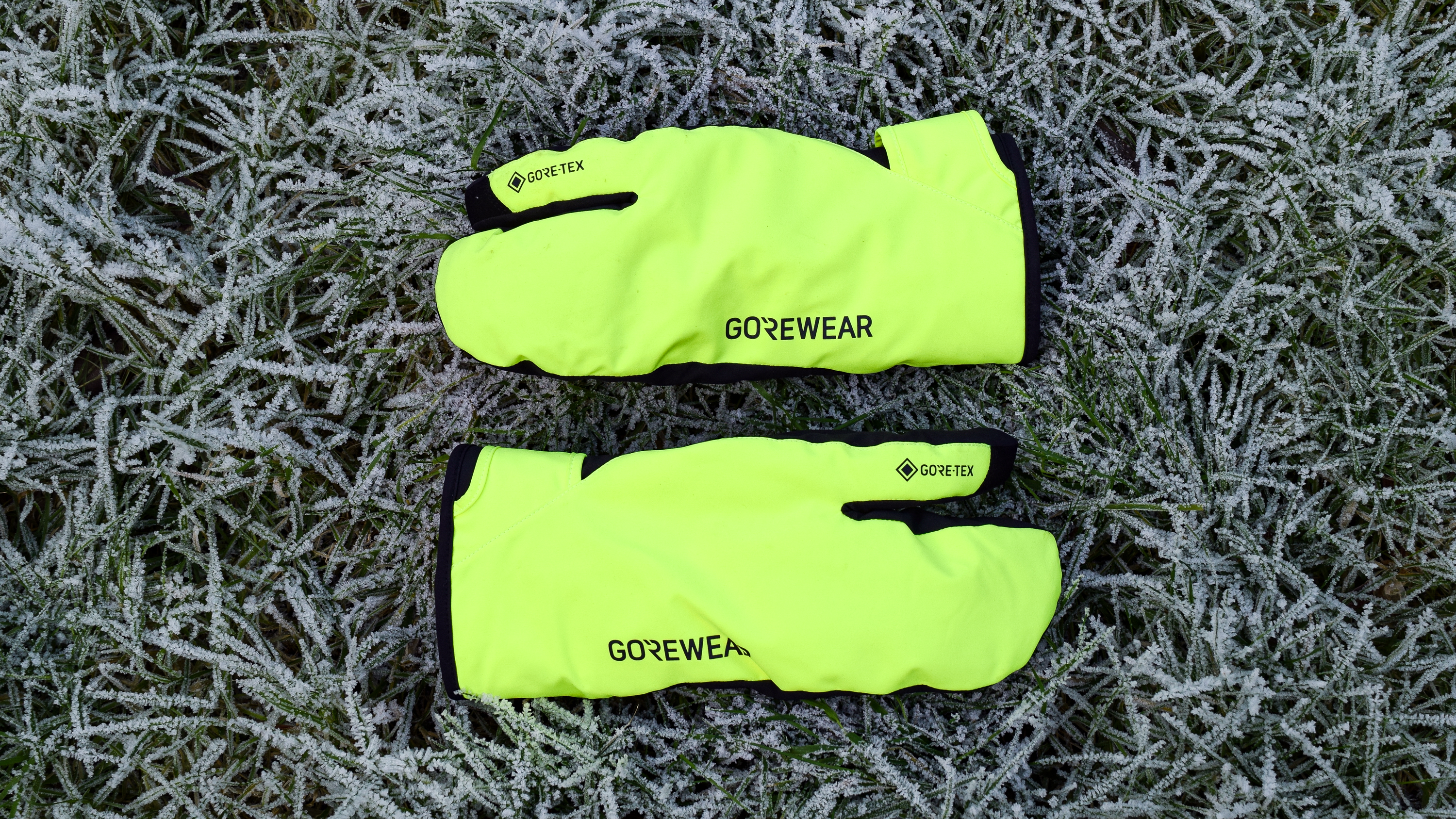
When it starts to get cold and winter sets in, chat amongst cyclists can often turn to gloves and how to keep the hands warm when riding in cold weather.
This isn’t a new problem; cyclists have probably been trying to solve the issue of cold hands on the bike since records began, and each winter I meet riders who struggle with cold hands and who are searching for the best winter cycling gloves.
We are, of course, all different; there are always those riders who are perfectly happy wearing no gloves down into freezing temperatures. There’s also an element of bravado and one-upmanship at times, riders will ride without gloves in the cold to try and show how tough they are, but generally it’s nice to have warm, comfortable hands in the cold. It also makes it easier and safer to do things like steer the bike, change gear, eat food and take a drink from a bottle; I myself once dropped both of my bottles in a road race thanks to soaking, frozen hands,
Today, we will be looking at lobster gloves, what they are, and why they might help keep your hands that little bit warmer in the cold if you find yourself struggling or always on the lookout for warmer options.
The big issue with cycling is that you need enough dexterity in a winter glove to ride the bike in a safe manner, which, by and large, seems to rule out mittens for most of us, which could well be the warmest option.
I'm focusing on road or drop bar bike riding here; there are systems like handlebar pogies or gloves out there for flat bars, but I don't see anywhere near as many road riders using this kind of kit, at least in my part of the world.
At the very least, this seems to put something of a limiter on the size and amount of insulation that goes into cycling gloves. Again, everyone has slightly different needs, but generally, I find that road riders at least don't want to wear gloves that are too bulky or big.
The latest race content, interviews, features, reviews and expert buying guides, direct to your inbox!
Take skiing, walking, or mountaineering; people doing those outdoor activities wouldn't think twice about perhaps choosing a dedicated layering system consisting of a thin liner glove, a bigger main glove and then even a third outer shell for waterproofing. Cyclists seem to draw the line at a thin liner glove, and don't want too much bulk.
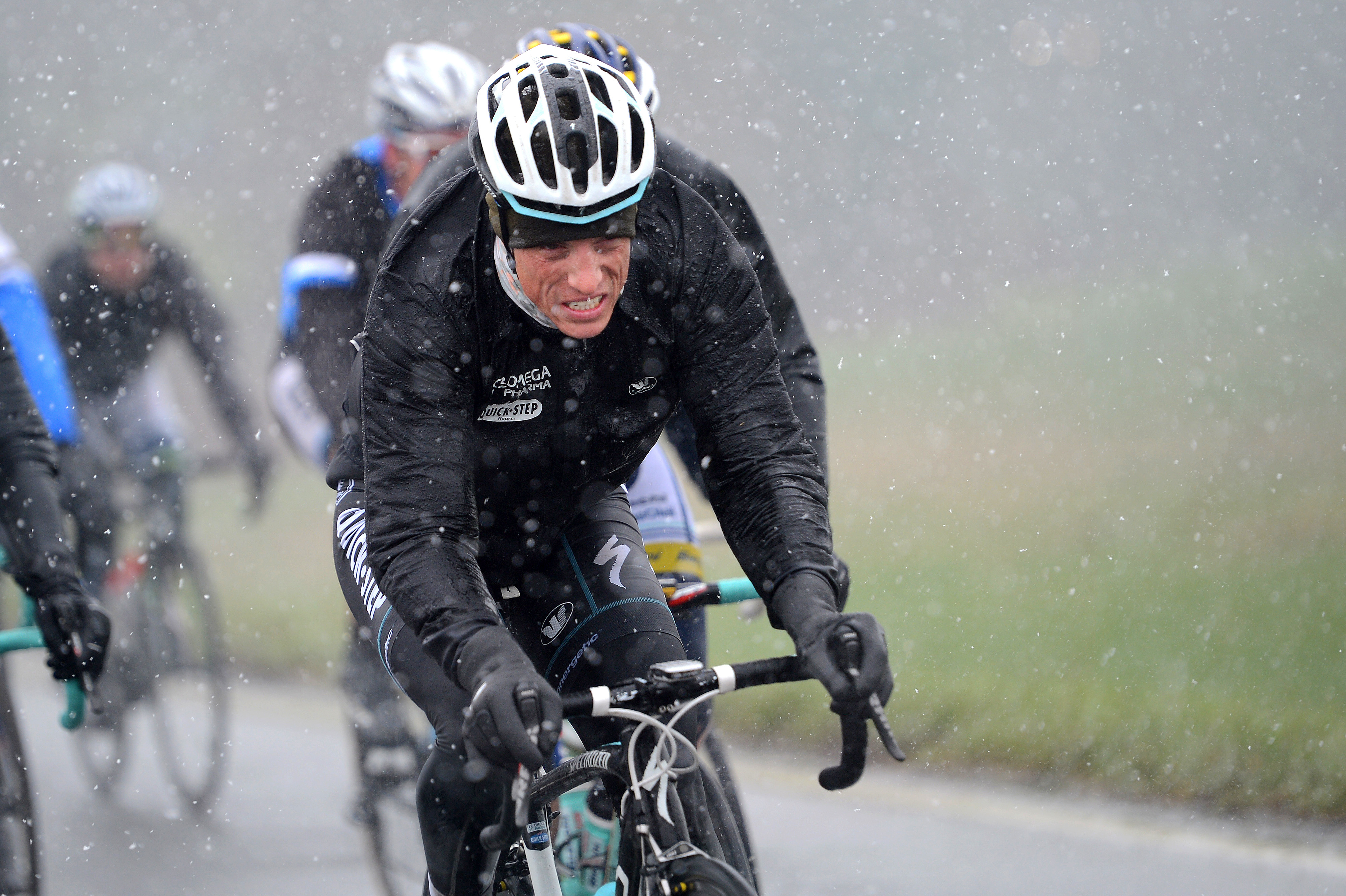
What is a lobster glove?
A lobster-style glove simply mimics the claw of a lobster (if you use your imagination a bit), hence the name, and splits the fingers on your hand into groups, offering more dexterity and control than a full-blown mitten, which keeps all the fingers together.
A lobster glove, also referred to as a trigger glove sometimes, due to the way it isolates the ‘trigger’ finger, generally separates the fingers into groups for improved dexterity, but crucially keeps them in larger 'pockets' which are designed to be warmer than individual fingers, thanks to there being more room for an insulating layer of warm air.
There are different ways of doing this; some lobster gloves split the fingers into two pairs, some group the two largest fingers together and then keep the rest separate, some separate the fingers internally, but group them into one central pocket.
Doing this means the elimination of individual fingers on the glove; keeping the fingers together in a bigger space promotes warmth and reduces the need for additional stitching along each finger, which can be a weak point and an entry point for the biting wind to enter.
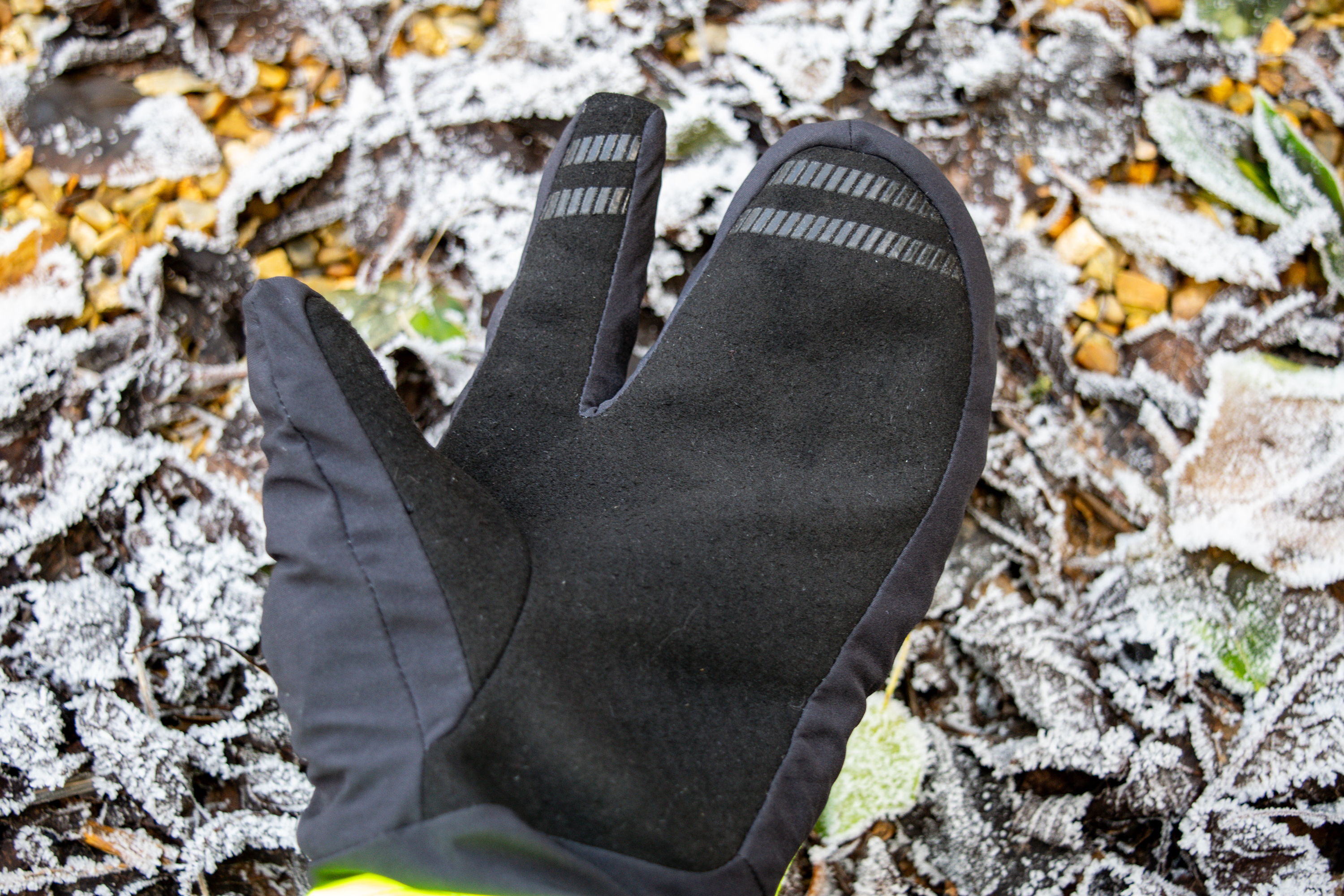
Do lobster gloves work?
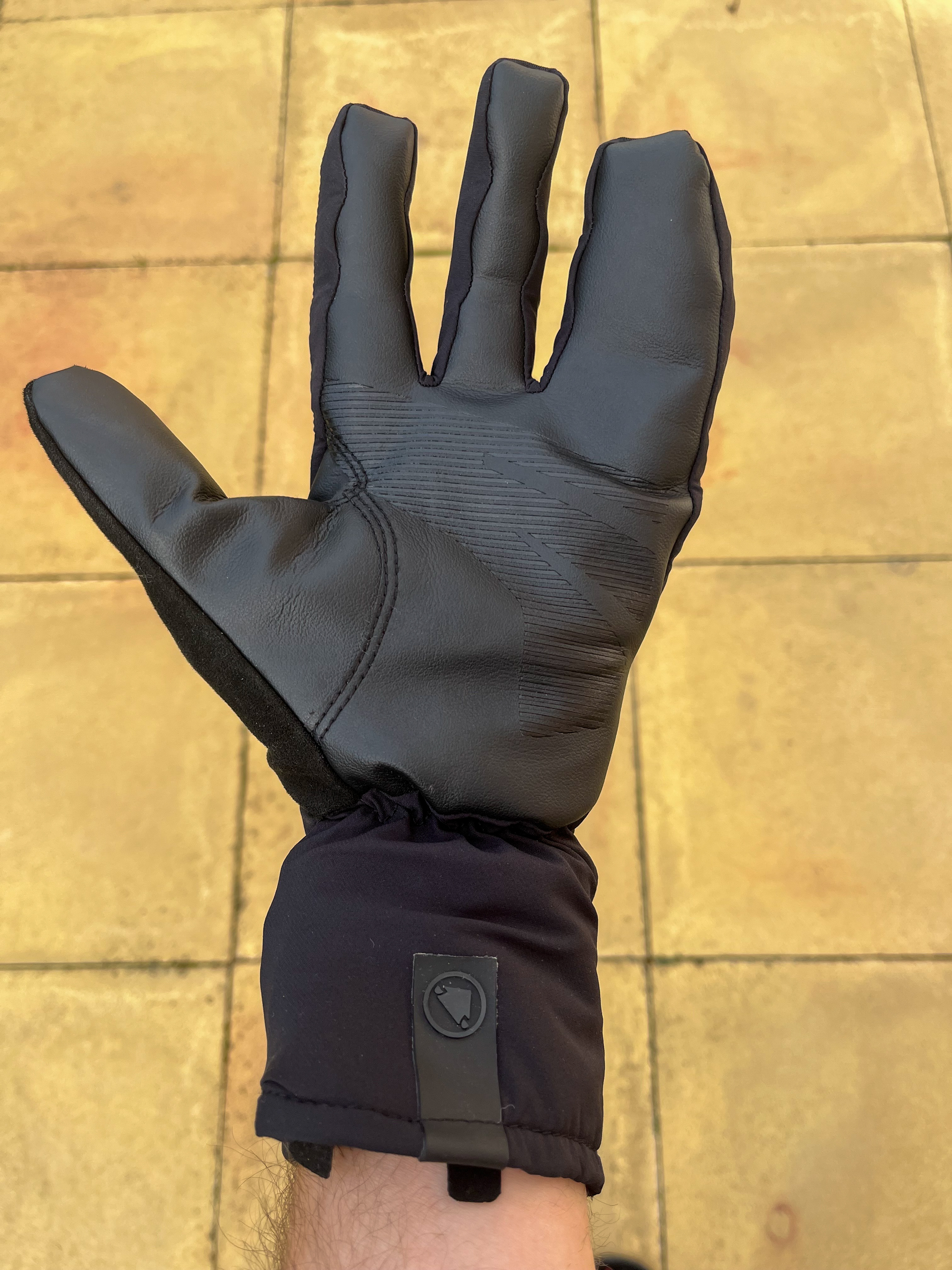
In my experience, yes, a lobster glove can work very well and is warmer than a regular five-finger glove in certain situations.
First, and this is a permanent caveat, you can get away with an awful lot in the cold if you're riding hard due to the amount of heat you generate. So if it's a short, high-intensity ride, a cyclocross race or similar, you may very well be able to ride without gloves or just with thin ones in pretty low temperatures.
In reality, more often than not on longer road rides, the overall ride may be split into more intense efforts and lower effort work, and this is where you may find yourself pulling gloves on and off to suit.
On longer, cold rides, or low intensity ones, I've found lobster gloves to be the warmest kind of glove I have used to date. Specifically for me, the Gore Wear Insulated Trigger gloves, which separate the index finger, keep the other three grouped for warmth. I don't suffer too badly with my hands in the cold, and I appreciate that some riders do, but on freezing January days, they kept my hands toasty for hours in the biting cold.
Despite being initially wary of a bigger glove on the bike, I found the dexterity to be very good, nowhere near as poor as I imagined, and this really helped. The way a lot of cycling-specific lobster gloves divide the fingers means you can still brake and hold the shifters pretty easily.
Another area in which lobster gloves have proven their worth for me has been when used as a waterproof outer shell over a five-finger glove. This sort of use is common in walking or skiing, as mentioned, but you don't see as many bike-specific options, and I believe this is because there isn't the demand, and they end up being quite specific products, and Assos told me as much recently.
Products like the now-discontinued Sportful Lobster gloves are very water resistant and thin, designed to pull over a five-finger glove to keep your hand dry, but also boost warmth by limiting breathability. They roll up so small you can carry them in a saddle bag, and I've relished the extra protection in bleak weather.
Though cycling-specific options are scarce, with some hunting, it wouldn't be too hard to find some from other disciplines that might work for cycling. A spare outer lobster glove could work wonders if you're out for hours and the weather closes in. Pulling a pair out of your back pocket or saddlebag as your riding mates' gloves get soaked will dispel any doubt about them being the wrong choice.
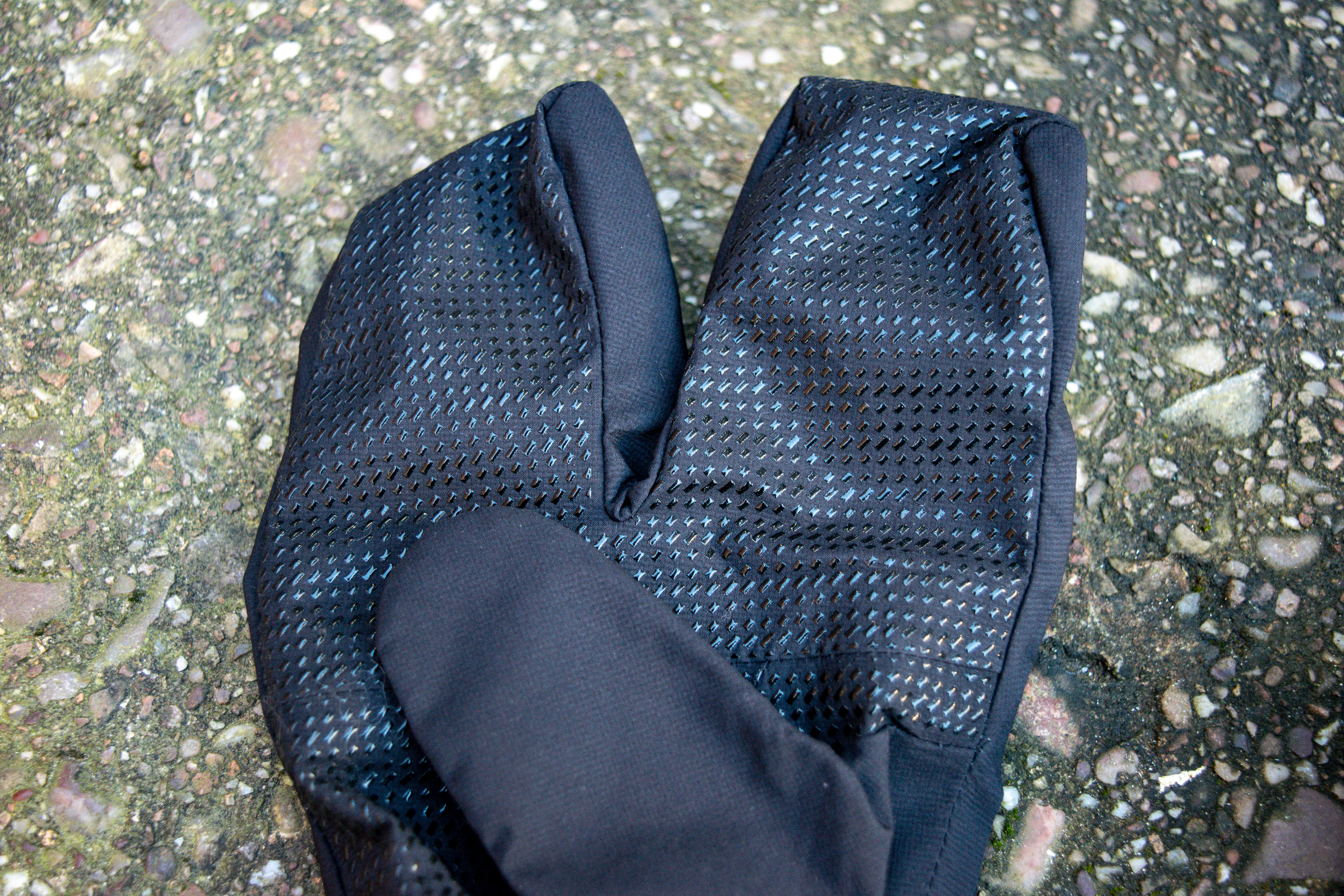
Riders are all going to want different things for cold-weather riding, and different regions have different levels of cold. However, for general, cold-weather winter riding, a lobster glove can be a real ally when trying to keep your hands warm on a drop bar bike.
I don't need them all the time, and can use a five-finger glove for the majority of the British winter, but when I'm out for hours for a steady ride on a freezing winter day, the comfort and warmth the right lobster glove brings keeps my mind on the ride at hand and prevents the pain of frozen, painful fingers. If you want the warmest option this winter, and haven't used them before, they may just be worth a try.

Tom joined the Cyclingnews team in late 2022 as a tech writer. Despite having a degree in English Literature he has spent his entire working life in the cycling industry in one form or another. He has over 10 years of experience as a qualified mechanic, with the last five years before joining Cyclingnews being spent running an independent workshop. This means he is just as happy tinkering away in the garage as he is out on the road bike, and he isn’t afraid to pull a bike apart or get hands-on with it when testing to really see what it’s made of.
He has ridden and raced bikes from an early age up to a national level on the road and track, and has ridden and competed in most disciplines. He has a keen eye for pro-team tech and enjoys spotting new or interesting components in the wild. During his time at Cyclingnews, Tom has already interviewed some of the sport's biggest names including Mathieu van der Poel, Tadej Pogačar and Alberto Contador. He's also covered various launches from brands such as Pinarello, Ridley, Specialized and more, tackled the Roubaix Challenge sportive aboard his own rim-brake Cannondale SuperSix Evo, tested over 20 aero helmets in the wind tunnel, and has created helpful in-depth buying advice relating to countless categories from torque wrenches to winter clothing.
You must confirm your public display name before commenting
Please logout and then login again, you will then be prompted to enter your display name.
